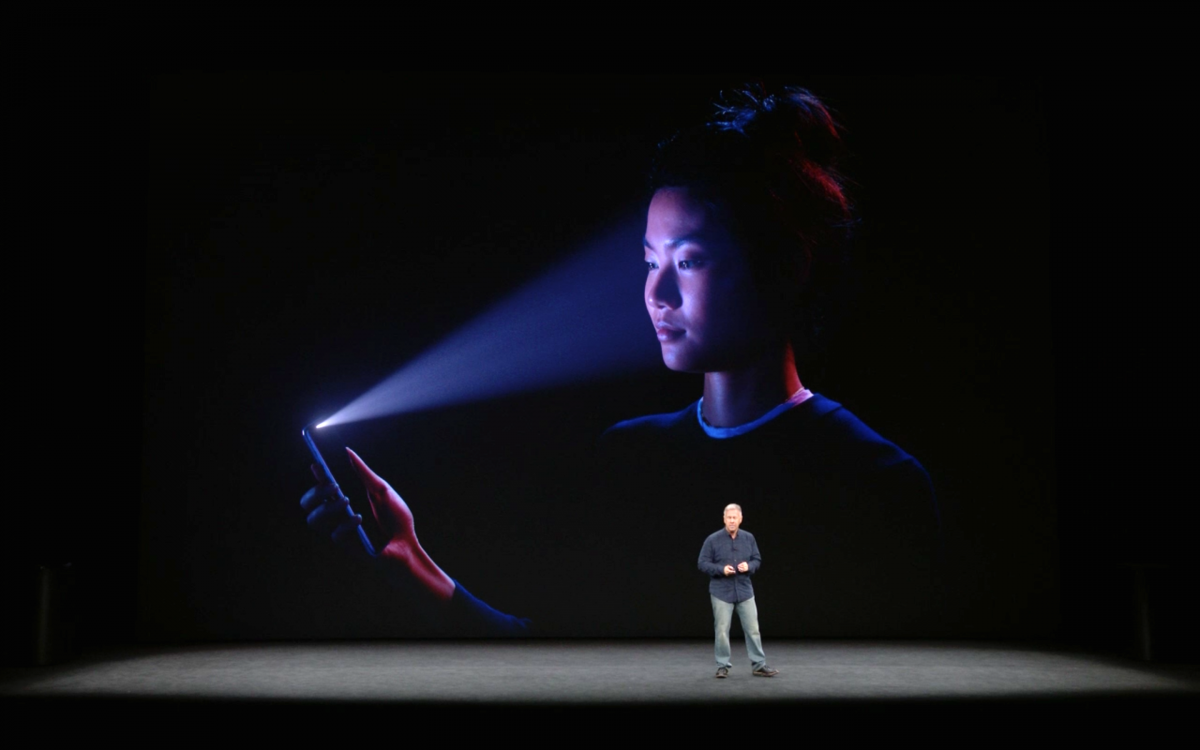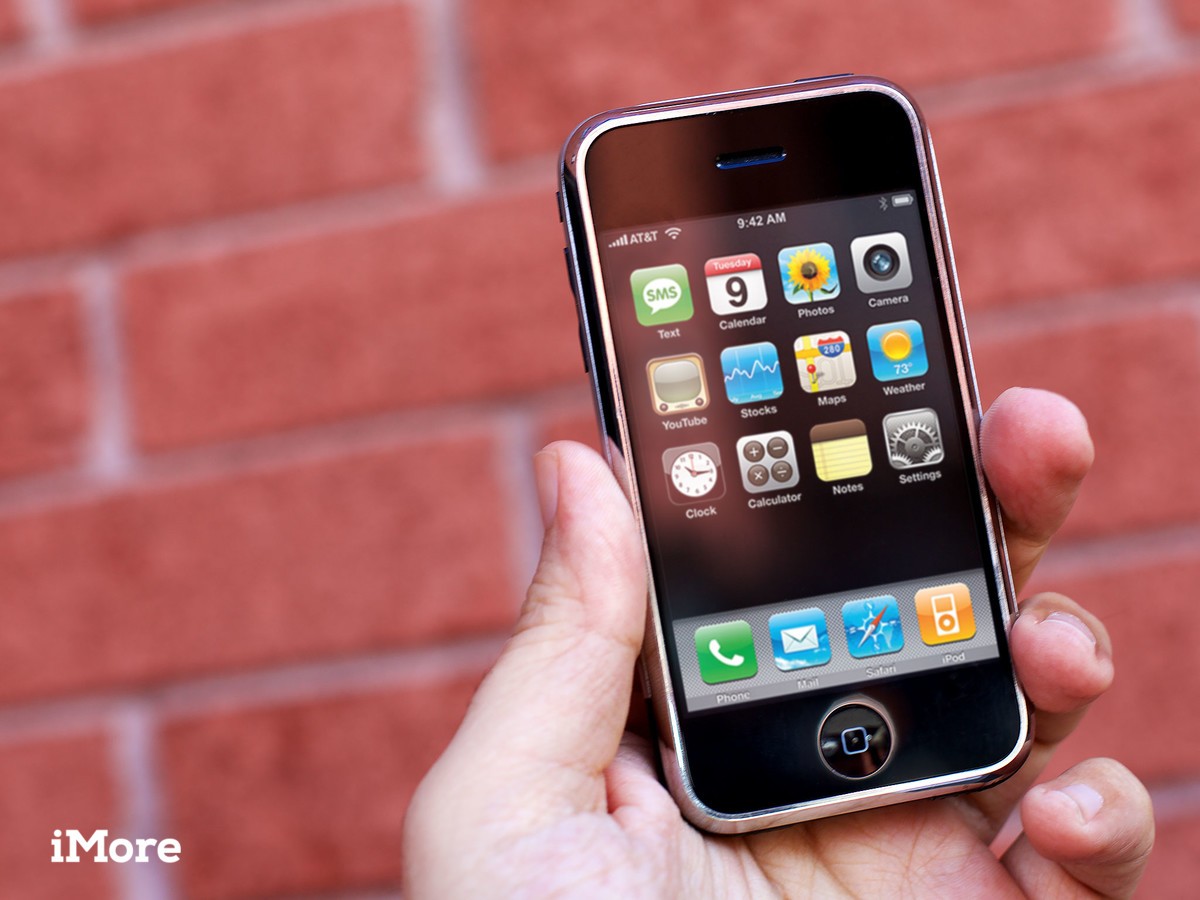Nowadays automation is omnipresent: self-service kiosks in McDonald, self-scanners at Shoppers, self-service check-in kiosks in the airport. While we are getting used to these new changes and praising for the convenience they bring, automation also influences our life more profoundly in another aspect, and it is not welcomed.
According to CBC news, Walmart recently introduces self-scanners to 20 stores in B.C. and Fedex is going to close all retail stores in Canada. These news haves sparked discussions about whether robots will completely replace human labor in the future, which causes a huge unemployment.

From my perspective, I think it is inevitable that in the future some jobs will be replaced by robots, but some jobs will also be created because of automation. Using SWOT analysis, the strength of human labor is that human beings have social intelligence and creativity, which are irreplaceable and extremely important when doing business. For example, social intelligence can be applied to providing better customer services and creativity is essential when companies want to innovate. Moreover, in the short-term human costs relatively less since companies have to spend money on robots’ hardware and software. Therefore, opportunity generated by the strength of human labor will be a higher demand for high-skilled workers since companies need human resources for the overall management, marketing and innovation. However, the weakness of human labor is obviously its lower working efficiency when compared to robots since robots are programmed to do the job and therefore they have unlimited “patience”. In this way the threat generated by this will probably be less low-skilled workers needed. The analysis from McKinsey Global Institute implies the similar trend: automation mainly replaces low-skilled workers while some jobs that require high intelligence cannot be largely replaced.
Judging from the SWOT analysis above, personally I think the automation may not have a huge impact on the overall number of the job position required by companies, instead, it is highly likely to widen the income gap. Just as what is analyzed above, in the future companies will compete for high-skilled workers while low-skilled workers may lose their jobs because of automation. Since low-skilled workers are normally not well-educated because of their poor financial conditions, they will be even poorer when their jobs are replaced by robots. While some experts suggest introducing a universal base wage for every worker, I don’t think this method will help reduce the income gap since high-skilled workers can still be rewarded with bonus or other benefits. From my point of view, I think in order to reduce the income gap, government should focus primarily on giving everyone an equal opportunity to receive education, which in turn will help poor people be more competitive.
Word Count:448





